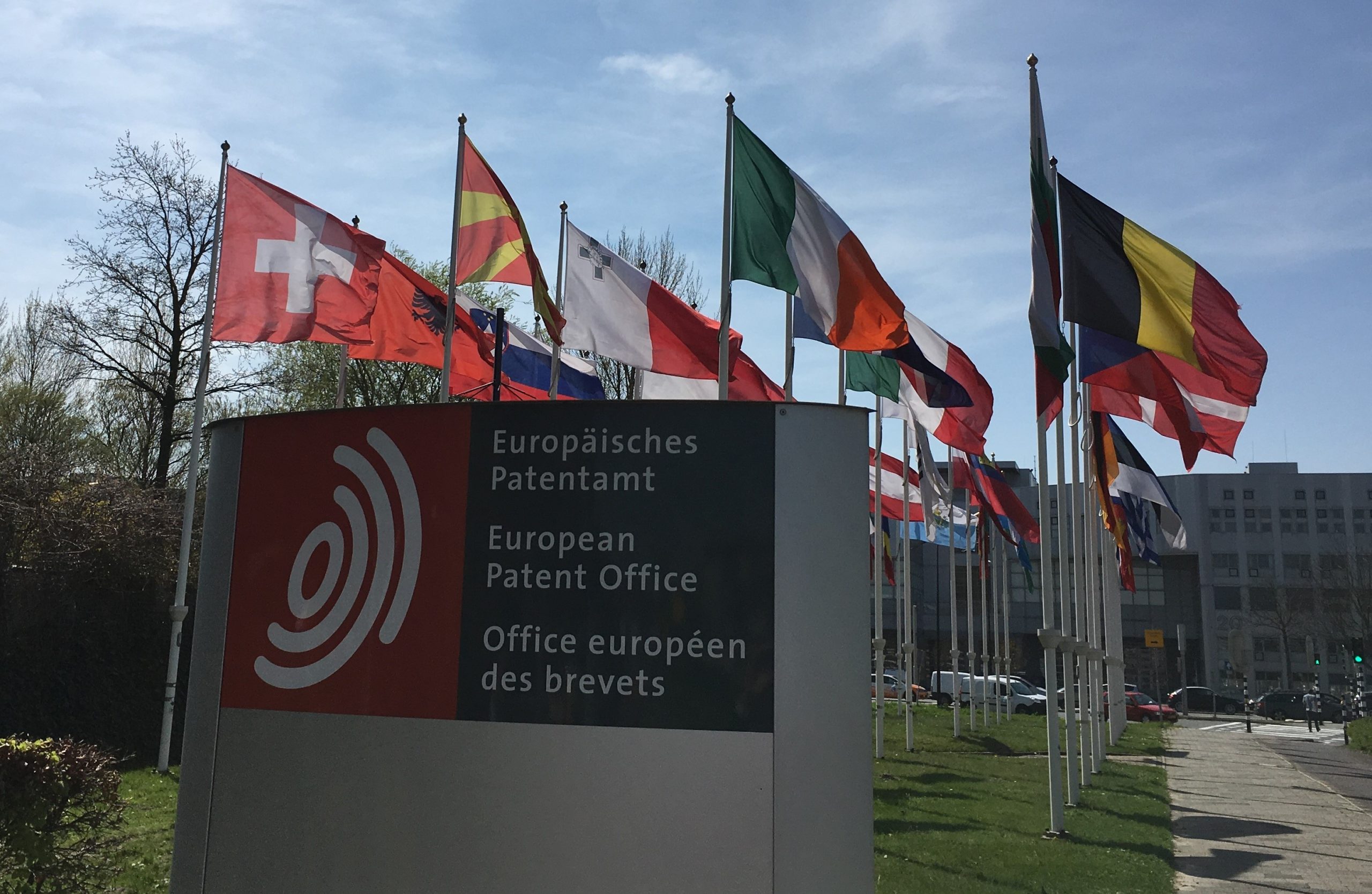With the prevalence of electric vehicles and the advancement of automonous vehicles, we are all now becoming more and more familiar with new technology and automation on our roads, but have you ever considered what goes on out at sea?
In our latest article, our patent attorney and technology expert Coreena Brinck tells us more about what excites her about Maritime Autonomous Surface Ships (MASS) and the mind-blowing capability of the technology which powers them.
So the question remains – do autonomous vessels float your boat?
They do for me, Dr Coreena Brinck, a consultant patent attorney here at Two IP.
From time to time, I like to reflect on tech areas I’ve particularly enjoyed working with and Maritime Autonomous Surface Ships (MASS) definitely makes my top five.
Patenting technology utilized at sea has its own challenges, but this is a typical area where we are likely to see significant increases in patent filings in the next few years as technology is developing at a terrific pace, and no doubt given the stakes, more patent litigation.
MASS Capabilities: past, present and future
MASS have been around for a long time as a concept, but even as recently as 2016, huge challenges for making true MASS a reality remained (see this collaborative study by Rolls-Royce here if you are interested). Move on just five years to 2021 and development was progressing at a pace where the International Maritime Association conducted a regulatory scoping exercise on how existing maritime regulation could apply to ships with some degree of automation and a goal-based MASS code is now on track for being rolled out in 2025.
So why do I find MASS technologies so interesting?
Well, it is not just that it is kind of clever. A MASS may have capabilities ranging from simple automated processes and decision support to taking fully autonomous decisions and actions, A MASS involves advanced hardware (think control systems for the operation of the ship, navigation systems, control over (un)loading equipment etc.) as well as advanced software. Sailing in tidal waters, whether in a small boat or a gigantic container ship, involves understanding currents, wind, weather, and tides for autonomous navigation, hazard management, and manoeuvres such as docking and undocking, which are all pretty challenging for an AI system to safely control. I will admit all of this makes the tech pretty interesting to my nerdy brain.
Nor is it that working on this sort of technology reminds me how I used to really enjoy getting out on the water. These days it’s more likely to be on a SUP, but I’ve enjoyed sailing on small boats and have even hazarded a passage crossing the English Channel in the past! And I confess I still look forward to going out again on a sailboat at some blurry point in future on a fine day with a stiff breeze.
I also enjoy this sort of technology as it offers a greener future. Norway in particular sees MASS as helping to take freight traffic off roads. Here in the UK, it could also make a big difference if there was more coastal freight, although I can’t help but also think of our inland waterways and the benefits autonomous vessel technology could bring if more use could be made of our historic canal networks. Alas, in the UK so many of these have been neglected that it is unlikely autonomous vessel technology on canals could transform the UK freight industry.
Why is regulation in this area so important?
Well, similar to the way that regulations and standards operate in the autonomous vehicle space, compliance with regulation ensures a higher degree of safety. Different MASS operators can be more confident that MASS made by different compliant manufacturers will behave in a safer and more predictable way, which is vital for MASS AI systems to operate optimally and ensure safety of life at sea, safety of cargo, and of the MASS itself.
Where is the future of MASS heading?
There are four stages of autonomous vessel technology, and we are already teetering on stage 3:
- Degree one: Ship with automated processes and decision support. Seafarers are on board to operate and control shipboard systems and functions. Some operations may be automated and at times be unsupervised but with seafarers on board ready to take control.
- Degree two: Remotely controlled ship with seafarers on board. The ship is controlled and operated from another location. Seafarers are available on board to take control and to operate the shipboard systems and functions.
- Degree three: Remotely controlled ship without seafarers on board: The ship is controlled and operated from another location. There are no seafarers on board.
- Degree four: Fully autonomous ship: The operating system of the ship is able to make decisions and determine actions by itself.
If you want to find out more about IMO regulation for autonomous vessels, click on this useful link here.
Exciting times loom ahead and I’d love to work again on this type of tech going forwards.
If you want more advice on patenting an invention which relates to MASS, then contact Dr Coreena Brinck via our website here or by emailing her at hello@two-ip.com.










